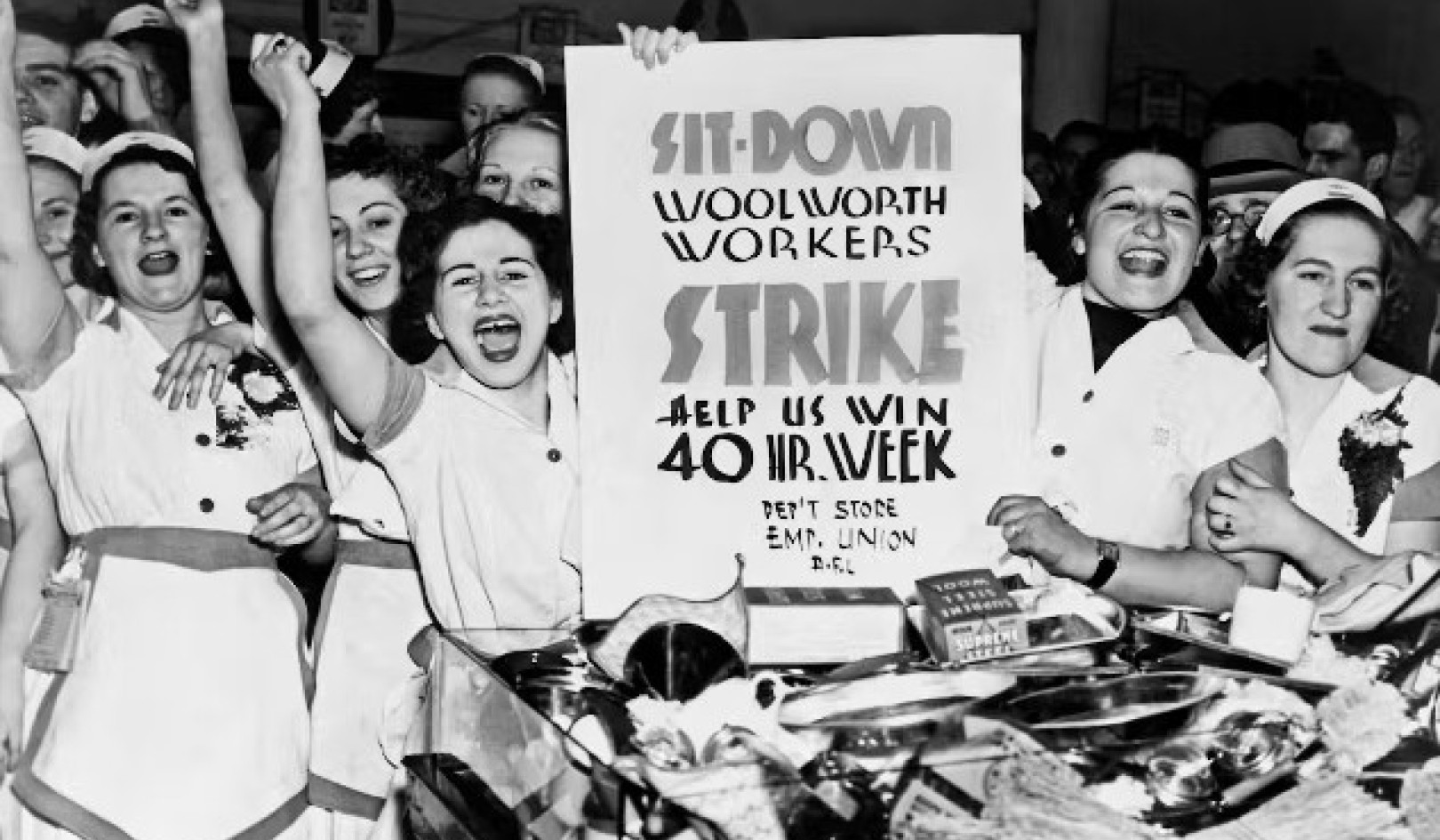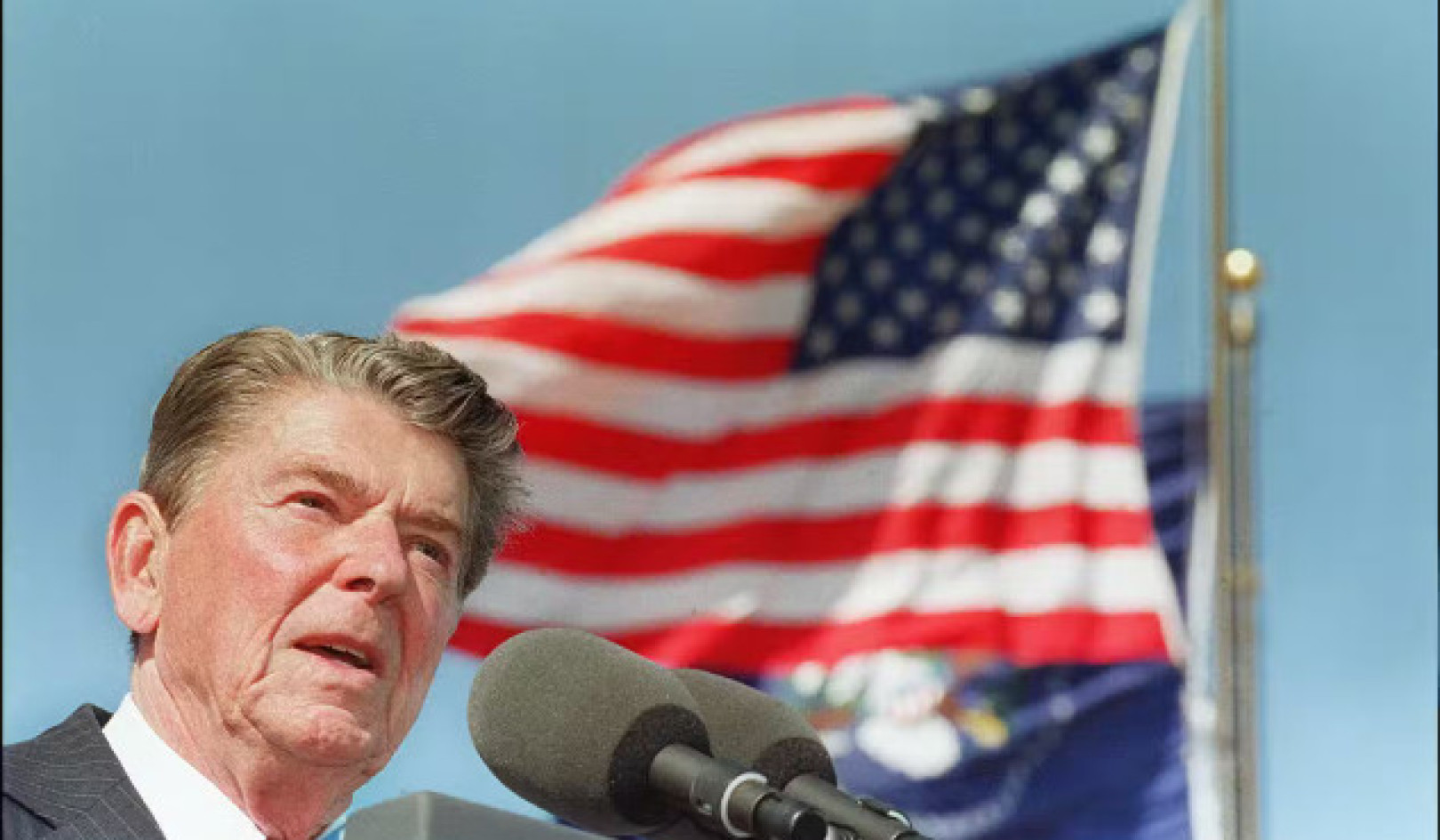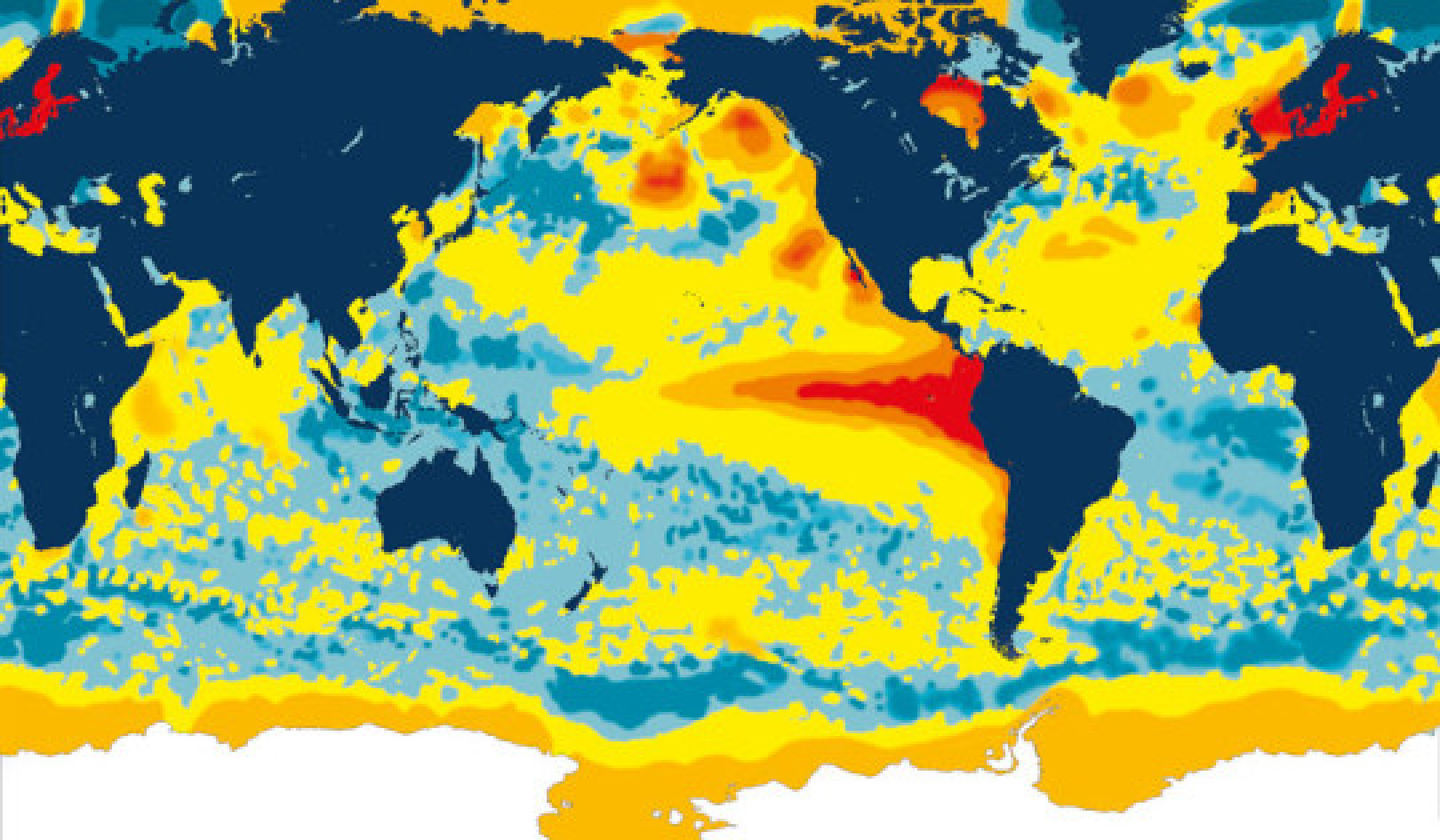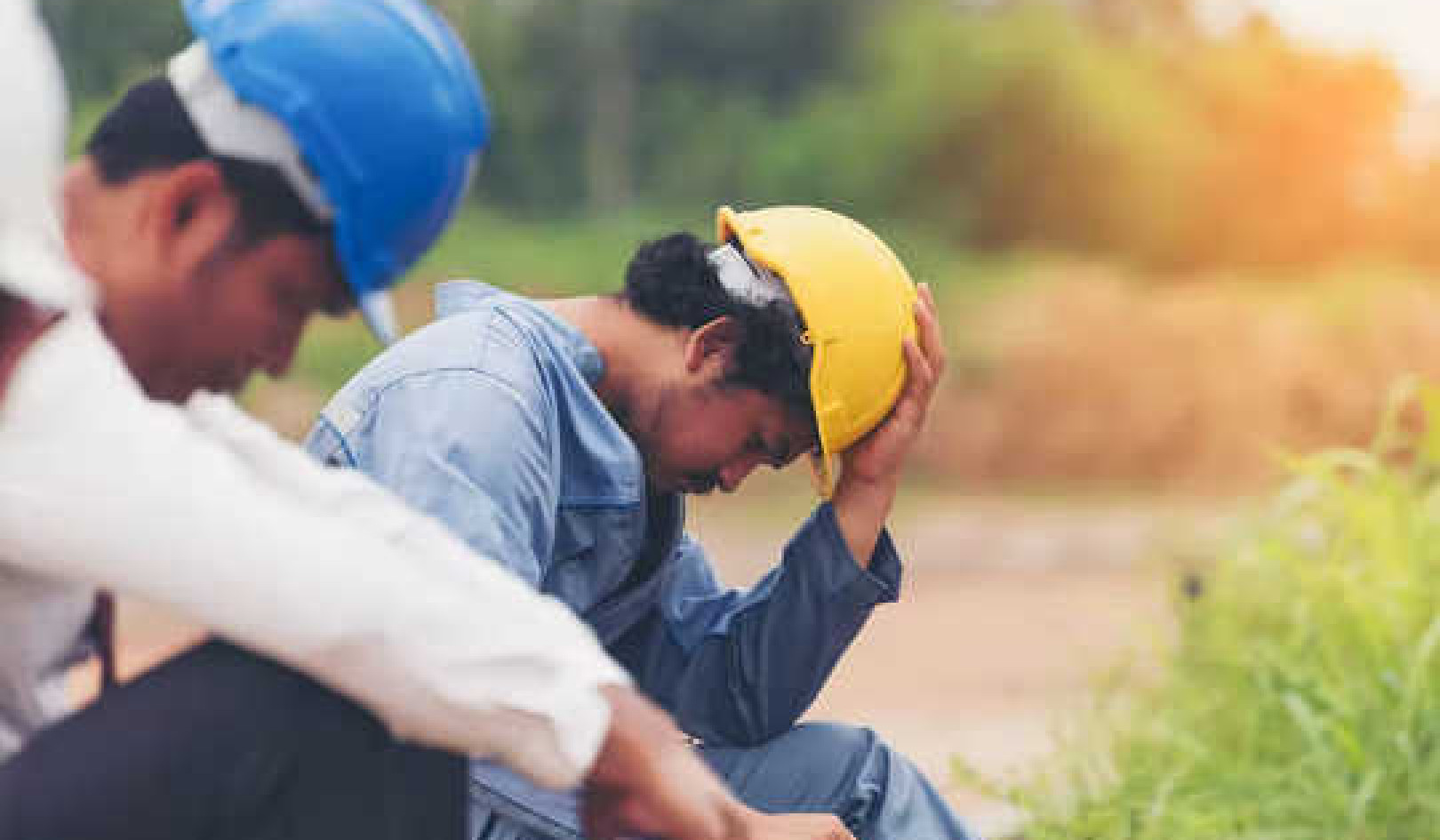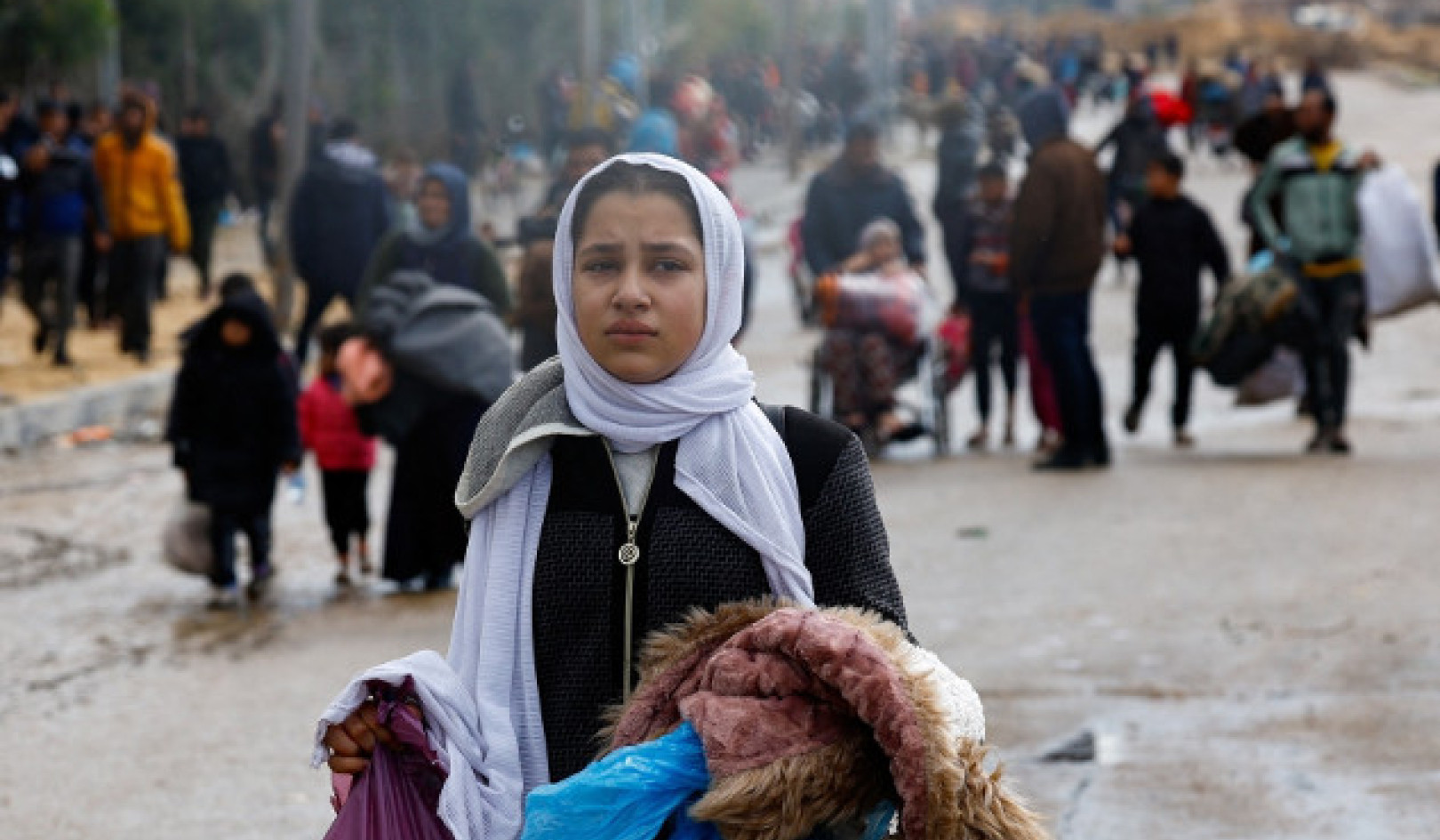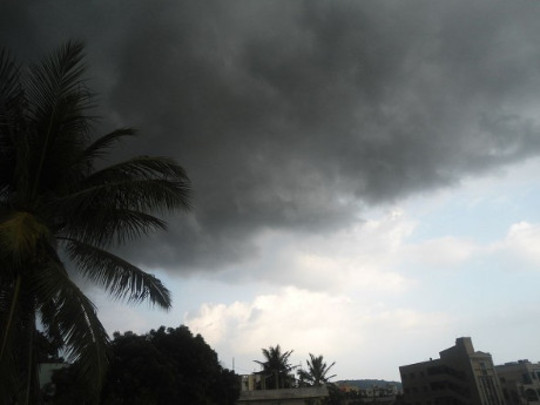 Monsoon clouds roll in over south-east India, but rainfall is reducing.
Monsoon clouds roll in over south-east India, but rainfall is reducing.
Image: Adityamadhav83 via Wikimedia Commons
 educed monsoon rainfall and increased river flow are two extremes that new research has linked to man-made impacts on climate caused by air pollution. Two separate studies have confirmed the extent of human influence on climate change – and, for once, carbon dioxide is not the usual suspect.
educed monsoon rainfall and increased river flow are two extremes that new research has linked to man-made impacts on climate caused by air pollution. Two separate studies have confirmed the extent of human influence on climate change – and, for once, carbon dioxide is not the usual suspect.
One team has just found that air pollution dimmed the skies of northern Europe, reflected sunlight back into space, reduced evaporation, and increased river flow. The second group reports that similar aerosol pollution had a quite different effect on the Asian monsoons: in the second half of the 20th century, the darkening skies reduced temperatures and cut the summer monsoon rainfall by 10%.
The two seemingly contradictory findings underscore two clear conclusions. One is that climate science is complex. The other is that human activity clearly influences the climate in different ways.
Worldwide Concern
Both studies are concerned with an era when there was, worldwide, more concern about choking smog, sulphuric aerosol discharges and acid rain than about man-made global warming. They also both match complex computer simulation with observed changes in climate during the second half of the 20th 0century
Nicola Gedney, a senior scientist at the UK’s Meteorological Office, and colleagues report in Nature Geoscience that she and colleagues looked at the growth in aerosol pollution, especially in the Oder river catchment area of central-eastern Europe, that followed the increased burning of sulphurous coal in Europe right up till the late 1970s.
The consequence of that burning was a reduction in sunlight over the hemisphere. But this began to reverse with clean air legislation and a widespread switch to cleaner fuels. River flows, which had been on the increase, were reduced.
“We estimate that, in the most polluted central Europe river basin, this effect led to an increase in river flow of up to 25% when the aerosol levels were at their peak, around 1980,” Dr Gedney said. “With water shortages likely to be one of the biggest impacts of climate change in the future, these findings are important in making projections.”
Aerosol Pollution
Meanwhile, a group led by Debbie Polson, a researcher in the University of Edinburgh’s School of Geosciences, Scotland, focused on aerosol pollution and the Asian summer monsoons, which provide four-fifths of the annual rainfall of the Indian subcontinent.
They report in Geophysical Research Letters that they calculated annual summer rainfall between 1951 and 2005, used computer simulations to quantify the impact of increasing aerosol emissions and greenhouse gases during that time, and factored in natural variations, such as volcanic discharges.
They found that, overall, levels of rain during the monsoon fell by 10%, and this change could only be explained by the influence of aerosols from car and factory exhausts.
“This study has shown for the first time that the drying of the monsoon over the past 50 years cannot be explained by natural climate variability, and that human activity has played a significant role in altering the seasonal monsoon rainfall on which billions of people depend,” Dr Polson said.
– Climate News Network
About the Author
 Tim Radford is a freelance journalist. He worked for The Guardian for 32 years, becoming (among other things) letters editor, arts editor, literary editor and science editor. He won the Association of British Science Writers award for science writer of the year four times. He served on the UK committee for the International Decade for Natural Disaster Reduction. He has lectured about science and the media in dozens of British and foreign cities.
Tim Radford is a freelance journalist. He worked for The Guardian for 32 years, becoming (among other things) letters editor, arts editor, literary editor and science editor. He won the Association of British Science Writers award for science writer of the year four times. He served on the UK committee for the International Decade for Natural Disaster Reduction. He has lectured about science and the media in dozens of British and foreign cities.
 Book by this Author:
Book by this Author:
Science that Changed the World: The untold story of the other 1960s revolution
by Tim Radford.
Click here for more info and/or to order this book on Amazon. (Kindle book)

Related Books:
The Future We Choose: Surviving the Climate Crisis
by Christiana Figueres and Tom Rivett-Carnac
The authors, who played key roles in the Paris Agreement on climate change, offer insights and strategies for addressing the climate crisis, including individual and collective action.
Click for more info or to order
The Uninhabitable Earth: Life After Warming
by David Wallace-Wells
This book explores the potential consequences of unchecked climate change, including mass extinction, food and water scarcity, and political instability.
Click for more info or to order
The Ministry for the Future: A Novel
by Kim Stanley Robinson
This novel imagines a near-future world grappling with the impacts of climate change and offers a vision for how society might transform to address the crisis.
Click for more info or to order
Under a White Sky: The Nature of the Future
by Elizabeth Kolbert
The author explores the human impact on the natural world, including climate change, and the potential for technological solutions to address environmental challenges.
Click for more info or to order
Drawdown: The Most Comprehensive Plan Ever Proposed to Reverse Global Warming
edited by Paul Hawken
This book presents a comprehensive plan for addressing climate change, including solutions from a range of sectors such as energy, agriculture, and transportation.























